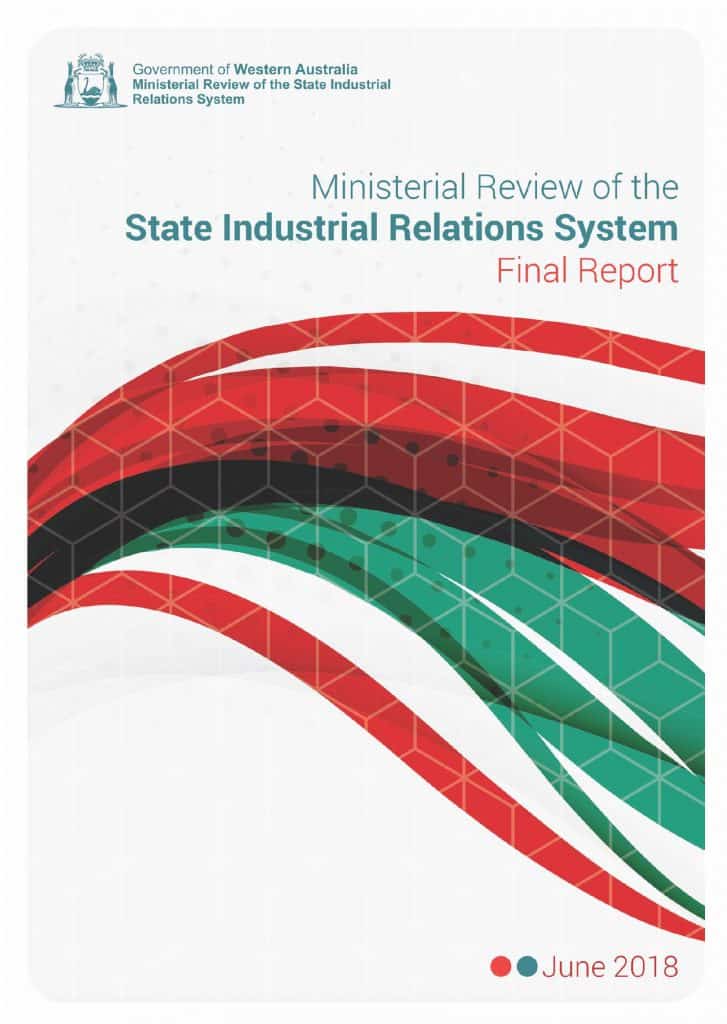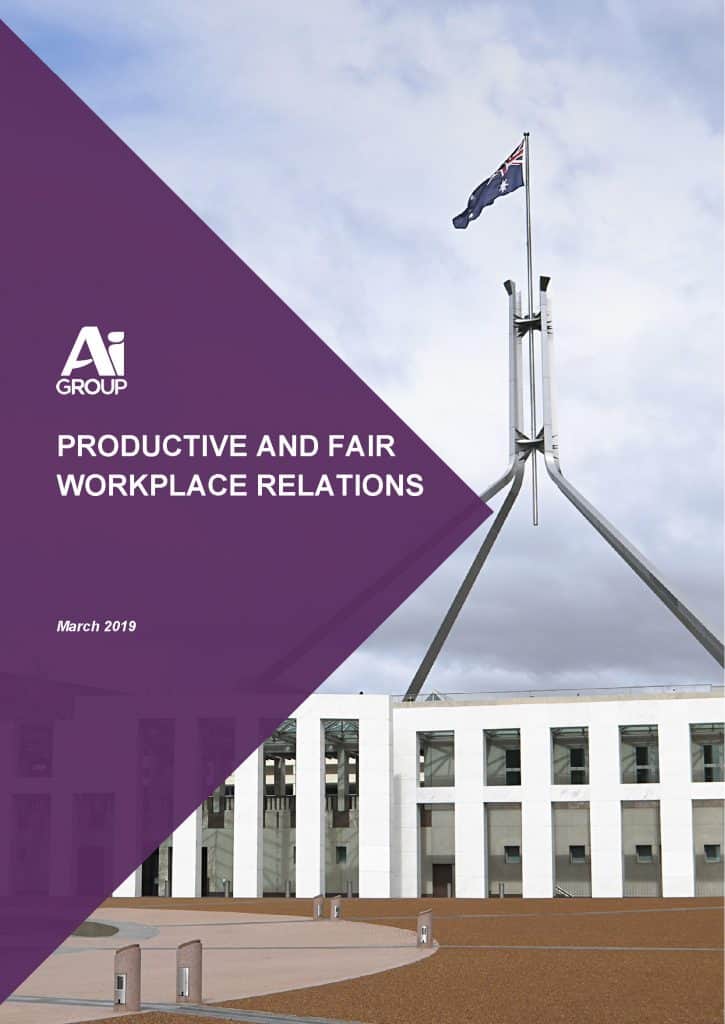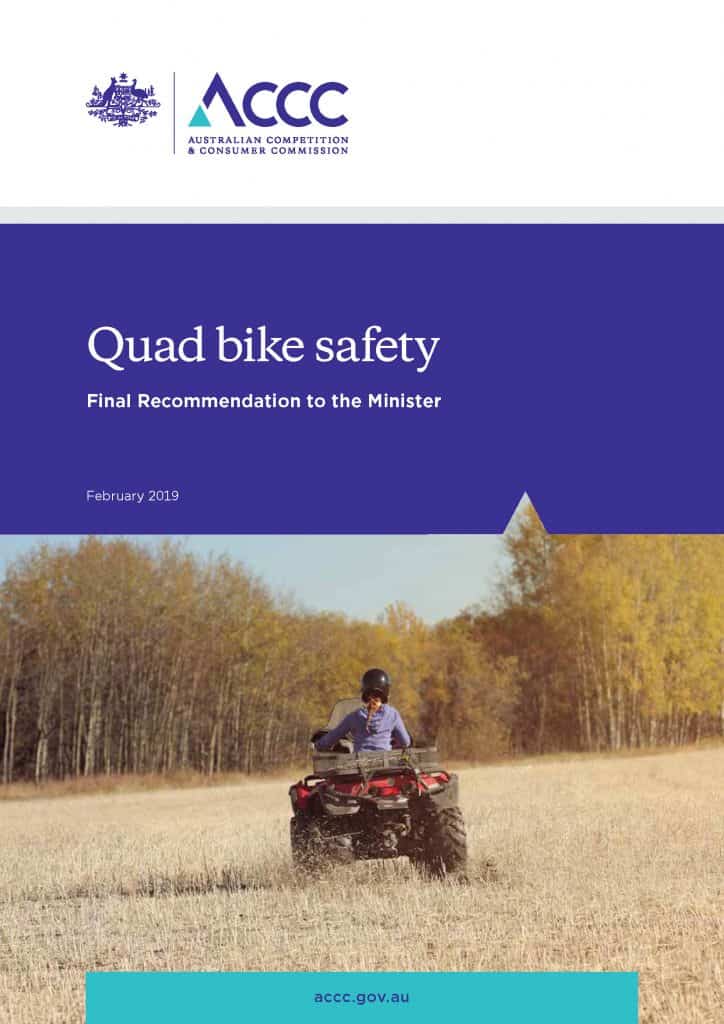One of the major influencers on occupational health and safety (OHS) management in Australian has been Andrew Hopkins. His influence comes from a combination of being outside the formal OHS profession and establishing a platform that is inclusive of information from a range of sources. In short he is a sociologist.
Hopkins’ latest book has just been released. “Organising for Safety – How structure creates culture” is a radical departure to his previous books about organisational culture. Here Hopkins questions whether cultural change is the gradual spreading of new ideas and instead proposes that
“… the culture of an organisation is determined to a large extent by its organisational structure.”
Page 1
He also mentions power, a concept rarely discussed in OHS and almost entirely left to exist in sociology (Oh, the need for more Humanities study!). Power pops up in Human Resources but not to the same extent.
Hopkins also refers to, and creates, organisational charts that were in place at the time of a disaster and then to the reorganised structures after the disasters. Hopkins discusses how those new structures are in direct response to the new understanding of risk from the CEOs and Boards.






